Hidden headlights were once a hallmark of automotive design, offering both aesthetic appeal and functional benefits. However, as car design evolved, these clever features began to disappear from the market, leaving enthusiasts to wonder why they were ever phased out.
The Origins of Hidden Headlights
The concept of hidden headlights can be traced back to the early 20th century, with one of the first notable instances appearing in the 1936 Cord 810/812. This innovative design aimed to create a more aerodynamic silhouette while also protecting the headlights from damage when not in use. As cars became symbols of freedom and luxury, hidden headlights contributed to the sleek lines that defined the era’s aesthetics.
Throughout the 1950s and 1960s, hidden headlights became a popular feature among various manufacturers, allowing for smoother designs without the interruption of protruding light fixtures. Iconic vehicles such as the 1963 Chevrolet Corvette C2 showcased these features beautifully, blending form and function in a way that captured the imagination of car enthusiasts and designers alike.
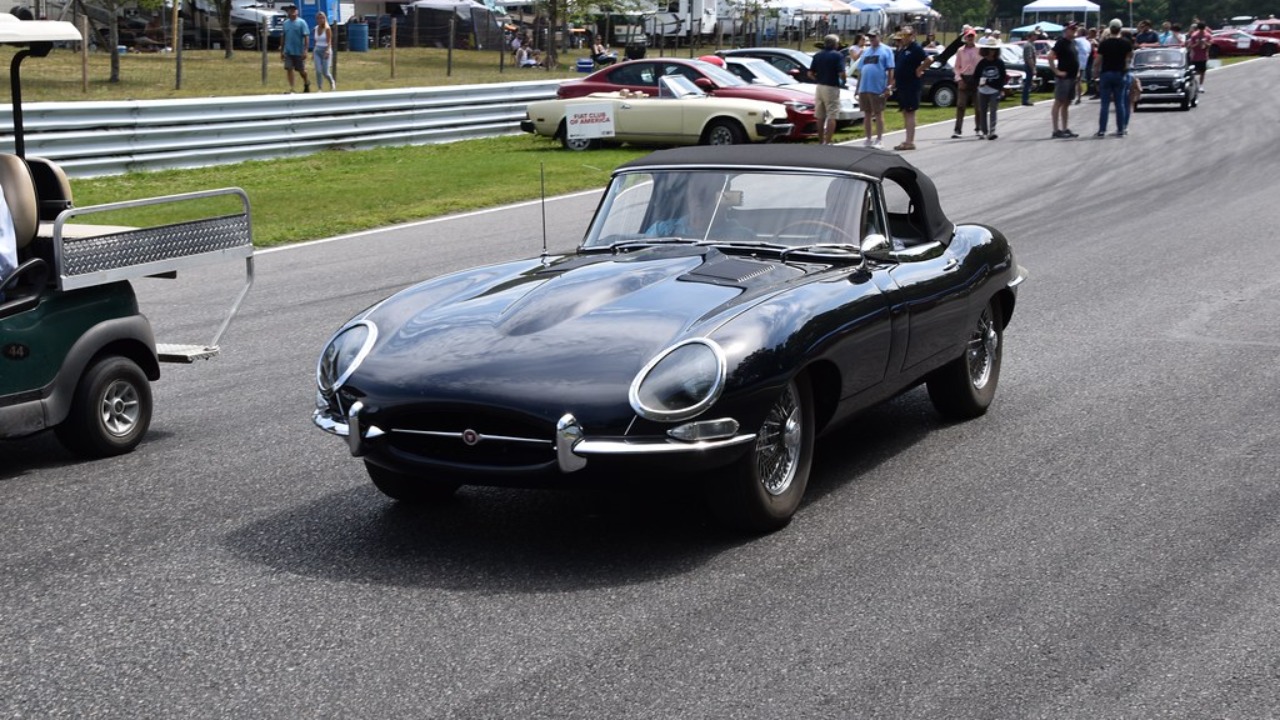
Technological Advancements and Changing Preferences
As the automotive industry progressed, a significant focus shifted towards aerodynamics. With the introduction of wind tunnel testing and computational fluid dynamics in the late 20th century, manufacturers began prioritizing designs that improved fuel efficiency and performance. This shift led to a reduction in the use of hidden headlights, as simpler headlight designs were deemed more effective for improving a vehicle’s overall aerodynamics.
Moreover, advancements in headlight technology, particularly the transition from halogen to LED lighting, significantly impacted design choices. LEDs are compact and offer a more efficient solution, allowing for greater design flexibility without the need for complex mechanisms that hidden headlights require. Consumer preferences also played a role; as buyers favored practicality and ease of maintenance, manufacturers increasingly gravitated toward straightforward headlight designs that aligned with these desires.
Challenges and Drawbacks of Hidden Headlights
Despite their aesthetic appeal, hidden headlights came with a range of challenges. One notable issue was maintenance; the mechanical systems that operated these headlights were prone to malfunction, often leading to costly repairs. The complexity of these systems was a deterrent for many potential buyers who preferred the reliability of simpler designs.
Additionally, the production costs associated with hidden headlight mechanisms were significantly higher than traditional setups. As manufacturers faced increasing pressures to reduce costs and improve profit margins, the practicality of hidden headlights came into question. Safety concerns also arose, with critics arguing that hidden headlights could hinder visibility and reparability in the event of an accident. The possibility of mechanical failures in the pop-up system, along with added pedestrian impact risks from their hard, angular components, further encouraged manufacturers to phase out this once-popular feature.
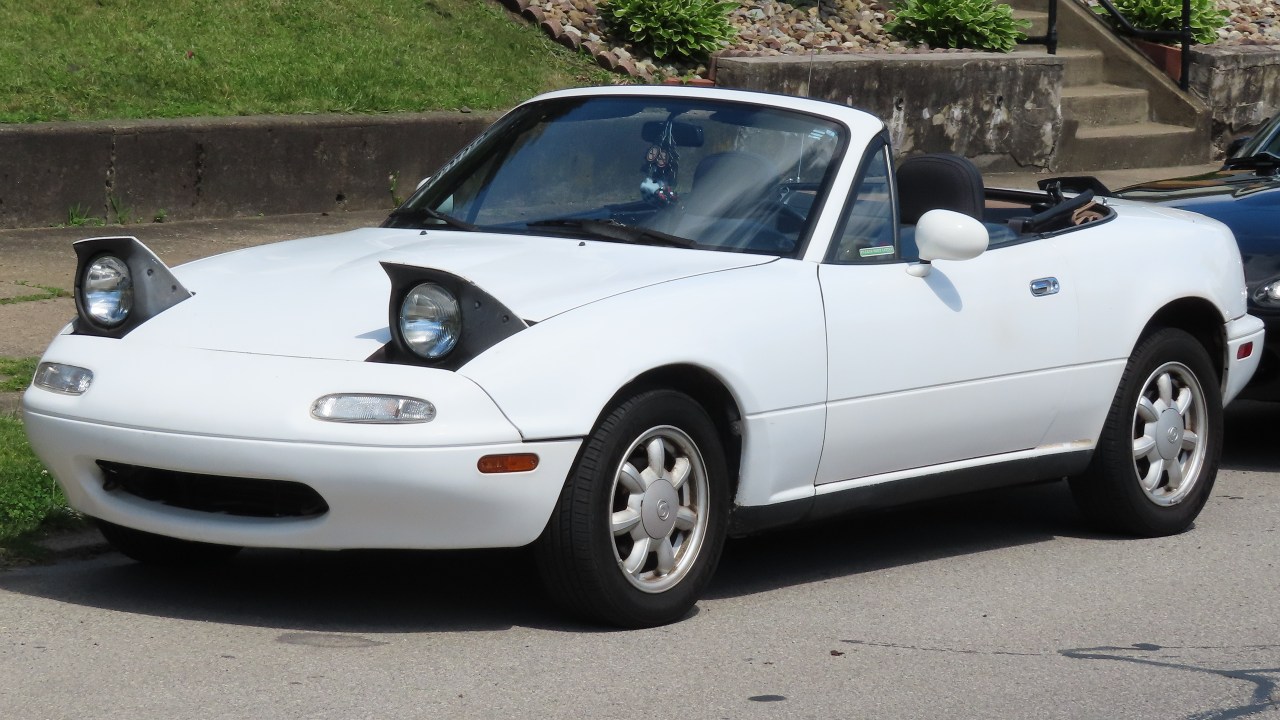
The Legacy of Hidden Headlights in Modern Design
In car culture today, hidden headlights are often celebrated as a symbol of vintage style and engineering ingenuity. They continue to be referenced in media and automotive shows, reminding us of a time when design was as much about artistry as it was about functionality. Looking to the future, there is potential for further innovations that might integrate hidden headlights or similar concepts into cutting-edge electric vehicles, merging the charm of the past with the demands of modern automotive design.
More from Fast Lane Only:
- Unboxing the WWII Jeep in a Crate
- The Fastest Farm Truck Ever Built
- 10 Old Trucks That Were Built Like Tanks
- 12 Classic muscle cars still within reach for budget buyers
*Created with AI assistance and editor review.

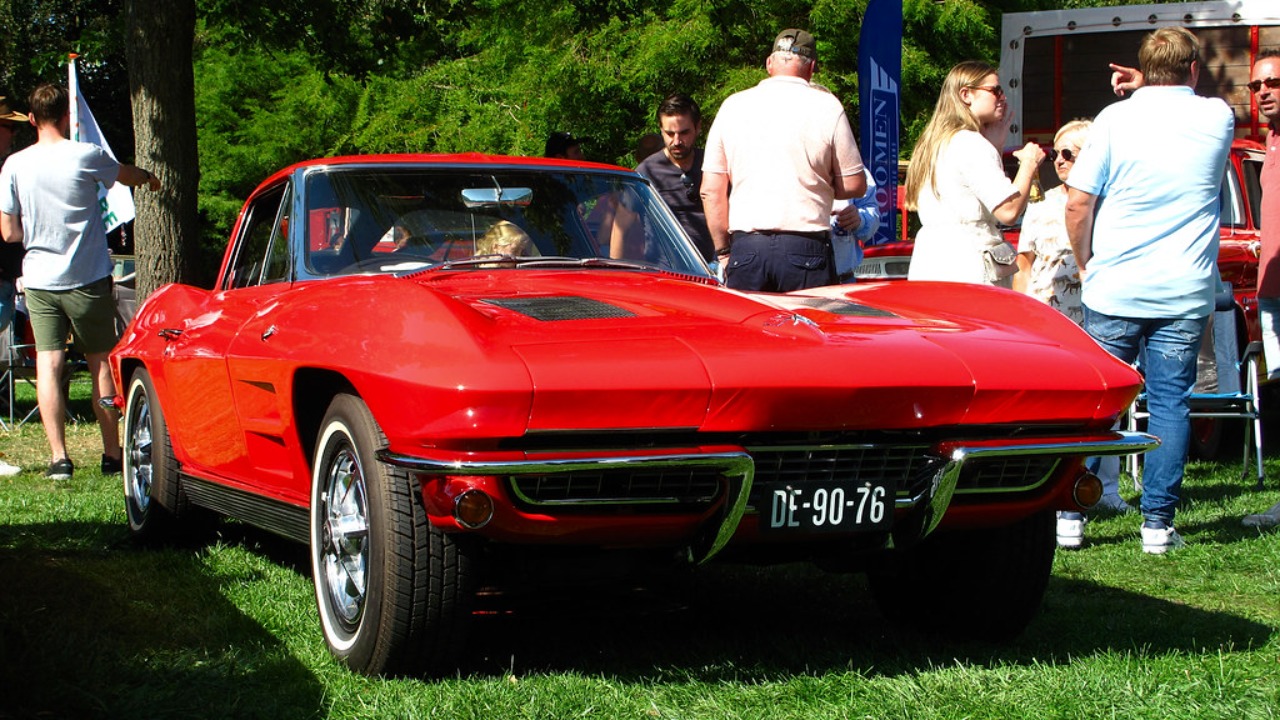
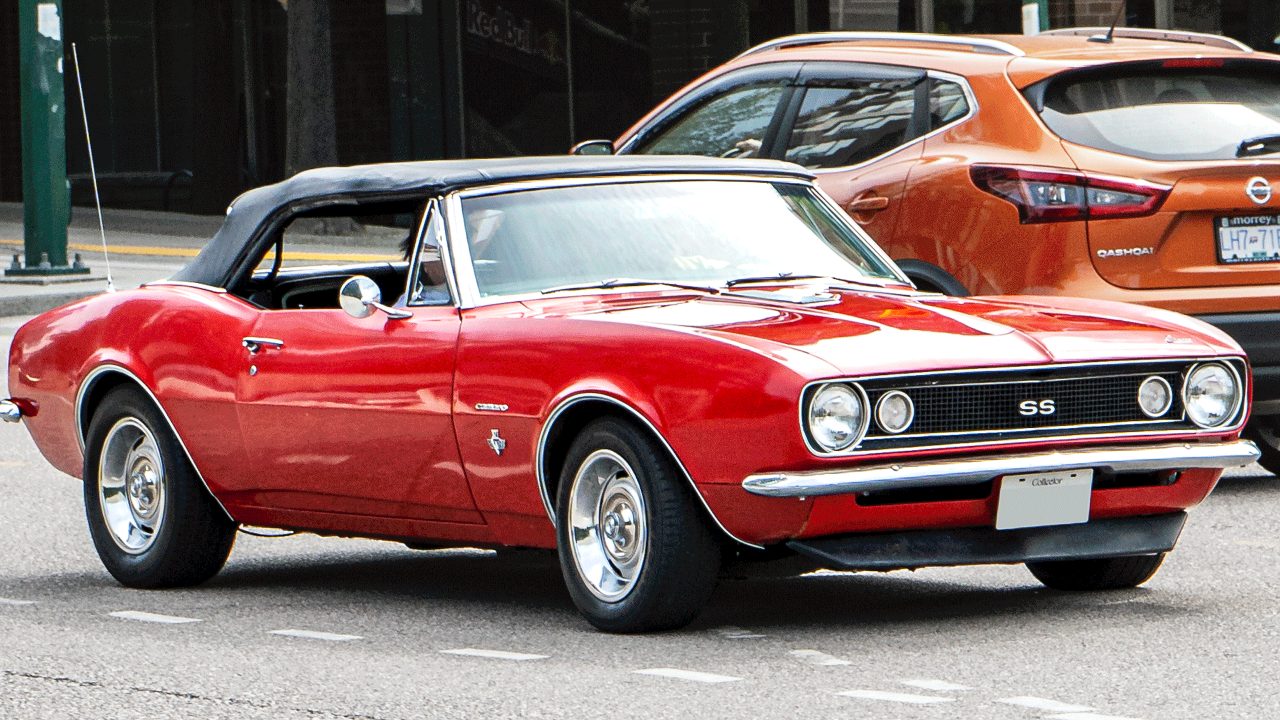


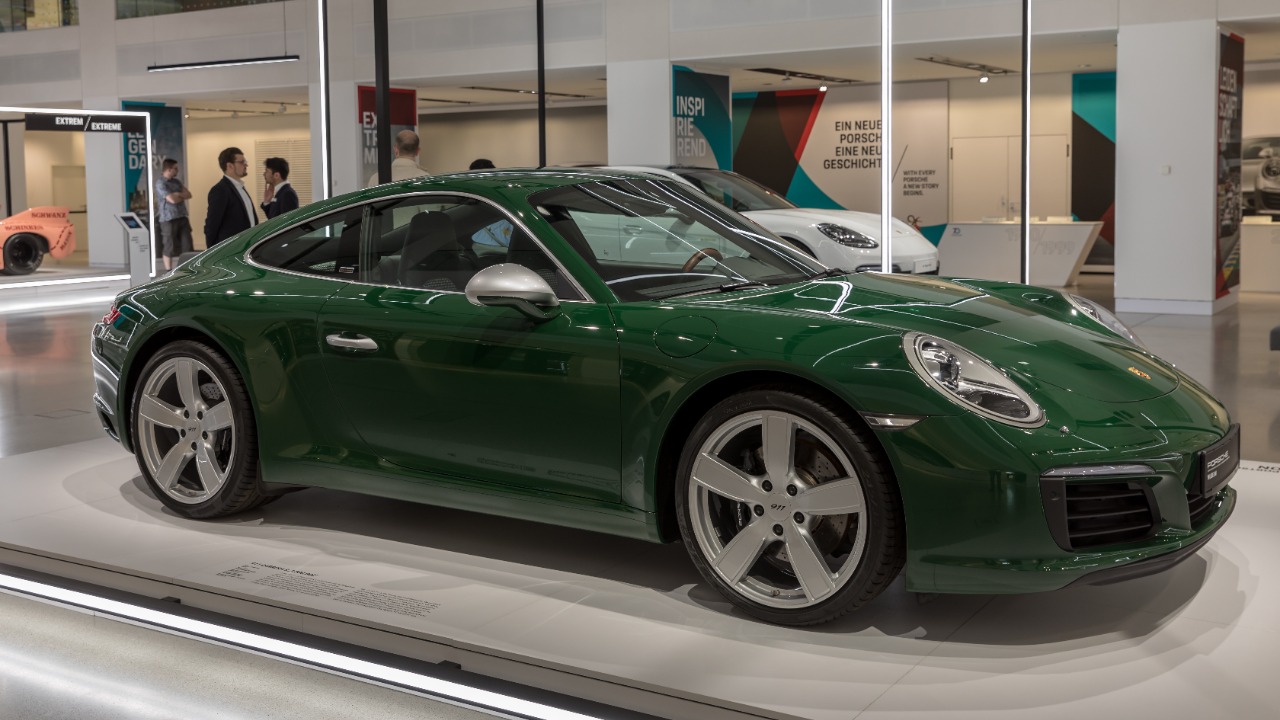
Leave a Reply